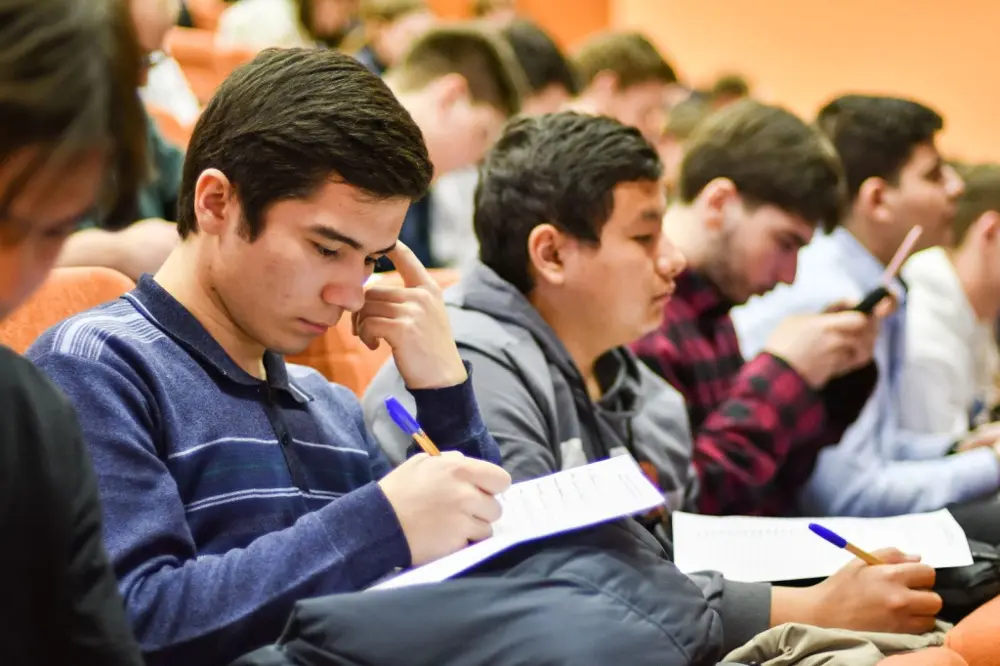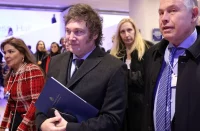At the end of 2023, Russia announced the expansion of scientific and technological cooperation with Latin America. The first step towards achieving cooperation in this area will be the preparation of a series of agreements on the mutual recognition of educational results with ten countries on the continent, including Argentina, Mexico, and the Dominican Republic. These agreements would be a sort of supplement to the already existing treaties with Colombia, Cuba, Nicaragua, Venezuela, Bolivia, and Peru. It emphasizes the long history of Russia’s relations with Latin American countries. Latin America has built the closest S&T cooperation with the Soviet Union, which is still far from the current level of interaction, but it means that the potential is there.
The Soviet Union began to develop cooperation in education by the 1960s when it was possible to bring political and economic relations to a decent level. In those days, Cuba was the key partner on the continent, but statistics show: that higher education in the Soviet Union between 1960 and 1992 was in high demand on the Latin American continent. More than 45,000 people from South America graduated from higher and secondary vocational schools, including almost 29,000 Cubans, 3,000 Peruvians, more than 2,000 Nicaraguans, 2,000 Colombians, and 1,300 Ecuadorians. Engineering and technical specialties, economics, and management turned out to be the most in-demand among the representatives of these countries. No wonder, because in those days, Latin America was one of the poorest regions in the world, and countries and governments needed manpower to boost their economies. The Soviet Union needed to spread its influence, and Latin America was the perfect place.
However, the collapse of the USSR brought significant adjustments to the relations between Russia and Latin American countries. Financial aid programs were cut, resulting in a significant outflow of Latin American students from the Russian Federation between 1990 and 1998. Growth did not begin until 2014. The majority were from Colombia and Ecuador, followed by Brazil. According to the latest data, the number of natives of Central and South America accepted to study at Russian universities in 2022/2023 amounted to about 4,000 people. There is growth, but it’s small. Again, it is not at all comparable to the results that the Soviet Union once demonstrated.
The nomenclature of the specialties studied has changed significantly. Interest in engineering and technology majors from Latin American students has declined by more than three times the rates seen during the Soviet era. Nowadays, medical specialties are most in demand, followed by the study of the Russian language and Russian culture in general. At the same time, it is highly important that even though Russian universities are constantly expanding the nomenclature of English-language programs, they, as a rule, do not participate in the competition for scholarships for foreign citizens. Therefore, teenagers from Latin America have to know Russian at some minimal level. That is why studying Russian is so much in demand both in the homeland, Latin America, and Russia among international students from Central and South America.
 Taking into account the development of bilateral study programs, the life of newly arrived students in Russia, one cannot but touch upon the problem of teaching Russian in Latin American countries. Unfortunately, at the moment, the quality of Russian language teaching is low due to the constant curtailment of programs supporting Russian language learning in Latin America since the collapse of the Soviet Union. Students who receive a scholarship have to spend an extra year in Russia, studying Russian on their own. At the moment, there is no system of interuniversity mentoring, tutor support, and consulting by educational organizations in the Russian Federation, which leads to the low quality of knowledge obtained, provided that the language is studied in the native country. Not enough teaching and learning materials are developed, and the available ones are badly outdated.
Taking into account the development of bilateral study programs, the life of newly arrived students in Russia, one cannot but touch upon the problem of teaching Russian in Latin American countries. Unfortunately, at the moment, the quality of Russian language teaching is low due to the constant curtailment of programs supporting Russian language learning in Latin America since the collapse of the Soviet Union. Students who receive a scholarship have to spend an extra year in Russia, studying Russian on their own. At the moment, there is no system of interuniversity mentoring, tutor support, and consulting by educational organizations in the Russian Federation, which leads to the low quality of knowledge obtained, provided that the language is studied in the native country. Not enough teaching and learning materials are developed, and the available ones are badly outdated.
The experience of Latin American countries in preserving the identity of the development of national educational systems in the conditions of continuous cultural and educational expansion on the part of the USA is unique. It is essential to deepen international cooperation “on all fronts” to prevent the loss of this uniqueness. The deepening of interuniversity cooperation indicates how beneficial it is for both sides to provide education for residents of the other state and how much the states themselves are interested in having a representative of their culture in the other country.
The high international rating of the university, which, in fact, predetermines the choice of a future student, speaks volumes. However, the existing global rankings, as assessed by Latin American experts, are generally oriented towards the standards of OECD countries, indicating that they are oriented towards English-speaking countries and artificially inflate the rankings for these countries. We should create an alternative that could become a full-fledged international replacement for the QS World University Ranking. The limited presence of Latin American universities and colleges in existing international rankings does not allow alignment and scaling. This is particularly true for public higher education institutions. The private ones do not have such a problem because they solve the problems that arise at the expense of the learners.
Currently, it is the increase in prestige and the creation of their own alternative to Western international rankings that can play a key role in establishing a new level of interaction in the field of scientific and technical cooperation between Latin American countries and the Russian Federation. At the same time, it is the work of foreign ministries that should drive the development of projects aimed at creating a worldview among the younger generation that would help Latin America realize its full latent potential and prevent US cultural expansion from completing its work. Cooperation with Russia, considering the region’s long history with the USSR, is just one of many opportunities to do so.














Comments